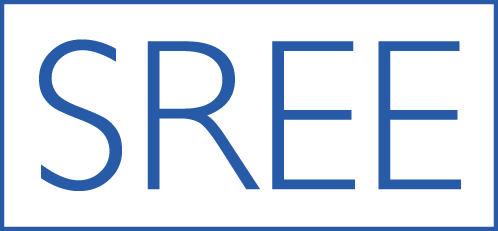Parasympathetic Function: Relevance and Methodology for Early Education Research
Summary by: Lindsay Gomes
The definition of school readiness in the contexts of educational research, practice, and policy has changed considerably over the past 60 years. After a long period of prioritizing academic skills (e.g., letter-shape knowledge), many researchers now emphasize the extent to which young children can control their emotions and behaviors as key to school readiness. This capacity is commonly referred to as self-regulation, which is often defined in terms of volitional, cognitively-mediated processes such as executive functions. In this paper, we assert that understanding children’s parasympathetic function is essential to providing a holistic understanding of self-regulation in the classroom and for informing how the classroom environment can be tailored to most effectively promote young children’s development.
What is parasympathetic function and why is it important?
